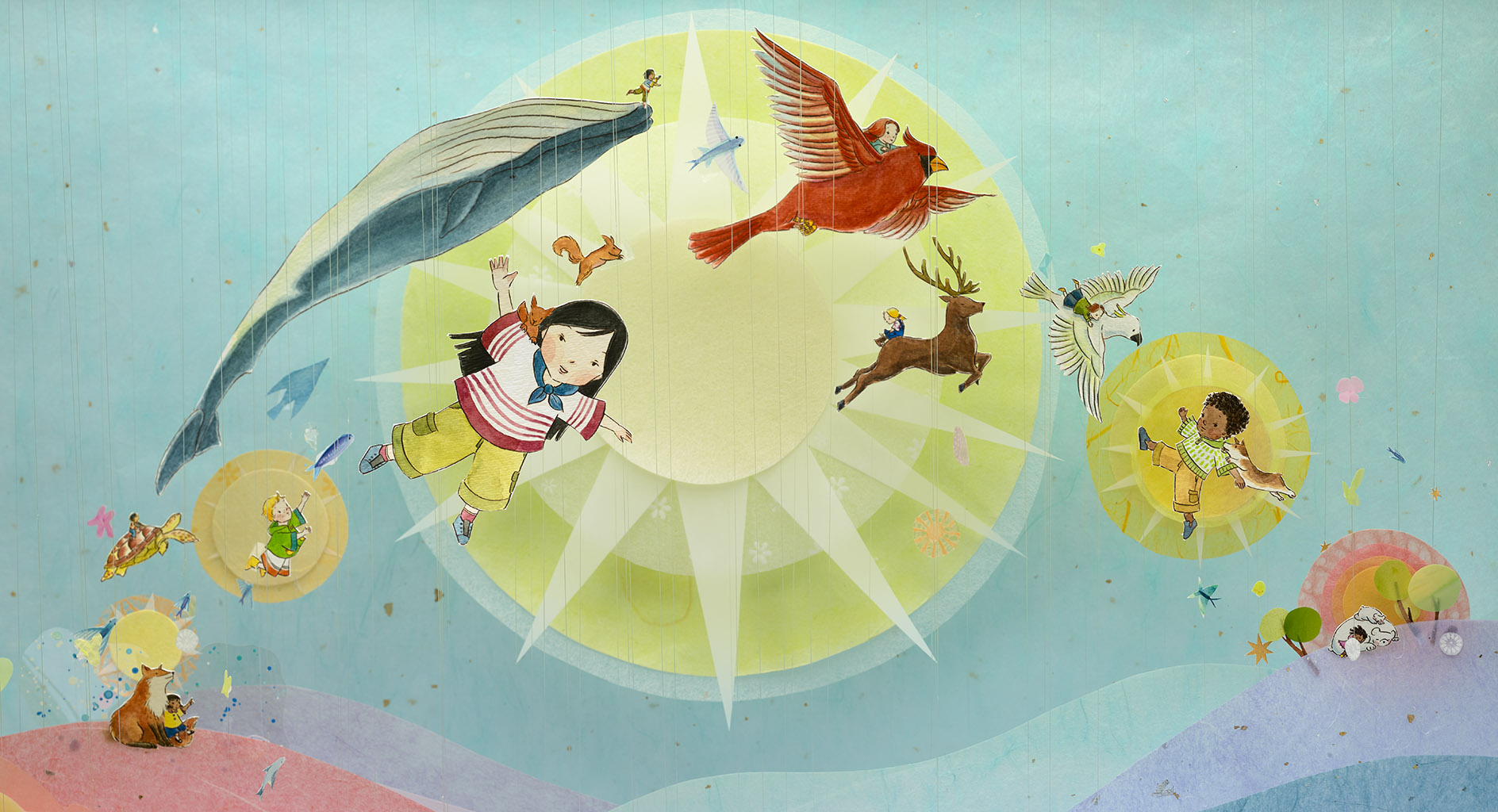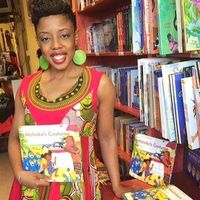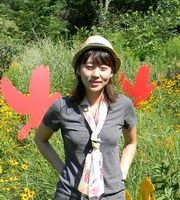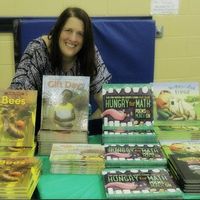Writing and illustrating children’s books: All the surprises
By Naseem Hrab
The process of writing, illustrating and publishing a children’s book can be filled with surprises—good and bad! For example, I’m always surprised by how much my heart explodes when a friend sends me a picture of their kid reading one of the books I’ve written. Heart eyes emoji x one million. And on the flipside, I’m always surprised at how indignant I get when I receive no good, very bad reviews. Aghh!!! It stings! It burns! Will the hurting ever stop?! Surprise—nope! Daggers in heart eyes emoji x one million.
For this column, I spoke with several authors and illustrators and asked them about what surprises them the most about creating books for children. Surprise! We’re gonna jump right in!
Author Kari-Lynn Winters says, “I’ve heard people say, ‘All the good ideas have been taken.’ Yet, what surprises me the most about children’s literature is the innovation. All the good ideas will never be taken—creativity is capacious!” It’s always incredible to see how an author or illustrator might put a twist on what you thought was a crappy ol’shoe of an idea. What we don’t often get to see is the behind-the-scenes, getting into the weeds work of these artists as they push old ideas into a new place.
One thing that always seems to surprise new authors and illustrators is how long it can take to publish a children’s book. Author and editor Mary Beth Leatherdale says it best, “What I find surprising about writing children’s books is how much patience it requires. Waiting for a kernel of an idea to evolve into a workable concept. Waiting for countless drafts to evolve into a strong manuscript. Waiting for feedback from a busy editor. Waiting to hold the book in your hands.” Waiting. Waiting. Waiting. What’s interesting, too, is that this time is an important part of the process, as Mary Beth goes on to say, “What is even more surprising to me is how motivating — and exhilarating — the waiting can be. There’s a satisfaction of seeing your manuscript grow stronger over time.”
On the other hand, author Nadia L. Hohn says, “I wasn’t surprised by how long the publishing process took, but I was surprised about how quickly it passes. And that each of my books was different.” There are so many hands that touch a book—from the editor, to the art director, to the illustrator, to the copyeditor, etc. We forget that each book is an individual, living, breathing entity that is constantly shifting and changing in its own personal way at every stage. No book’s journey will be the same!
Speaking of all the hands that, well, have a hand in making a book, illustrator Ashley Barron was surprised by all the roles that she gets to play, “Picture book making is a lot like filmmaking. It’s pretty safe to compare the illustrator’s job with that of the Art Department’s: set design and construction, scenic painting, costume department, hair and makeup, etc., but is that all? Over the years, I’ve come to realize that my job as an illustrator crosses into other departments. Those such as: Casting Director (developing a character design), Continuity Supervisor (making sure a character’s proportions match from page to page), Fact Checker (researching which shade of pink the houses in Belgium are painted, or whether Bottlenose Dolphins ever swim as north as Atlantic Canada.) Camera and Lighting (contemplating tight shots vs. wide shots and rearranging clouds in a sky to depict a mood), and Post Production (scanning artwork and colour correcting in Photoshop). With so many departments to juggle, it’s easy to feel overwhelmed and unsure at times. But it’s important to stop and remind yourself that you are not a one-woman show.”
What’s also always surprising to people is that authors and illustrators typically don’t get to work together—picture book-making is definitely not a one-woman show. Illustrator Soyeon Kim says, “It seems natural to think that authors and illustrators would get to work together to create children’s picture books, so when I found out that there was no interaction between the two, I was quite surprised! Editors and designers play a very significant role in the publishing process. They are the bridge that connects authors and illustrators and they understand both perspectives and how to balance the two to create a beautiful book. I am always thankful for my editor and designer, but sometimes I’m a bit sad that I cannot meet authors in person.” I think we’re all a bit sad about that part of making picture books—it really does seem like it should be natural for authors and illustrators to connect throughout the process.
That said, there are some good reasons for not putting authors and illustrators in the same room—it’s important for each artist to have the autonomy to pursue their own vision. Illustrator Genevieve Simms elaborates, “What surprised me the most about getting publishing/making a children's book was the amount of agency the editor and author gave me when it came to working with the story. I felt like I was given a lot of freedom to come up with how to tell the story visually. I was surprised (in a good way!) there weren’t more constraints on how the characters should look or how the events should unfold. I was allowed to come up with my own way of telling the story which was probably the most exciting part.” Just as the author is invested in the narrative that they have written; the illustrator must be equally invested in their visual narrative.
There you have it! The process of making children’s books—fun, frustrating and always surprising!
Your CanLit News
Subscribe to Open Book’s newsletter to get local book events, literary content, writing tips, and more in your inbox
Featured authors and illustrators:
Ashley Barron has illustrated 10 picture books including Kyle Goes Alone, Birthdays Around the World and My Forest is Green. She lives in Toronto with her partner and three cats. Visit www.ashleybarron.com for more information.
Nadia L. Hohn is an author, performer, and educator. She is the author of Malaika's Costume, Malaika's Winter Carnival, Harriet Tubman: Freedom Fighter and A Likkle Miss Lou: How Jamaican Poet Louise Bennett-Coverley Found Her Voice. Nadia lives in Toronto. Visit www.nadialhohn.com for more information.
Soyeon Kim is a Toronto-based, Korean-born artist who specializes in fine sketching and painting techniques to create three-dimensional dioramas. Her books include You Are Stardust, Wild Ideas, Is This Panama? and You Are Never Alone. Visit www.kimsoyeonart.com for more information.
Mary Beth Leatherdale (www.marybethleatherdale.com) is the author of Stormy Seas, illustrated by Eleanor Shakespeare and co-editor with Lisa Charleyboy of the award-winning anthologies #NotYourPrincess, Urban Tribes, and Dreaming in Indian. While she’s waiting on her own projects, Mary Beth edits books for children and youth. Visit www.marybethleatherdale.com for more information.
Genevieve Simms studied Illustration at the Alberta College of Art and Design and recently completed her Masters in Architecture at the University of Toronto. Ojiichan’s Gift, written by Chieri Uegaki, is Genevieve’s first children’s book. Genevieve currently lives in Toronto. Visit www.genevievesimms.ca for more information.
Dr. Kari-Lynn Winters is an award-winning Canadian children's author, playwright, performer, and academic scholar. Twenty-six of her picture books, non-fiction, or poetry books have been accepted for publication. Kari-Lynn currently works at Brock University in St. Catharines, Ontario. Visit www.kariwinters.com for more information.
The views expressed by Open Book columnists are those held by the authors and do not necessarily reflect the views of Open Book.
Naseem Hrab is the author of the picture books Ira Crumb Makes a Pretty Good Friend and Ira Crumb Feels the Feelings, illustrated by Josh Holinaty. Her comedy writing has appeared on McSweeney's Internet Tendency and The Rumpus. Sometimes Naseem likes to get up on a stage and tell true stories. She loves improv and coffee ice cream.
She worked as a librarian for a time and currently works in children's publishing.










